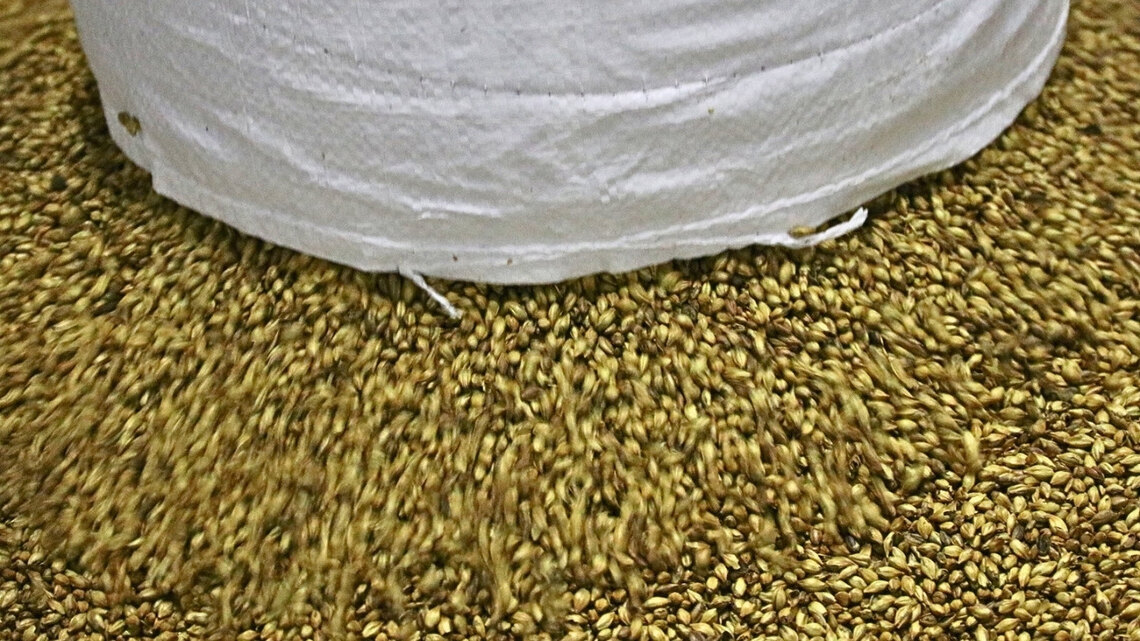For centuries beer was the most popular beverage for a large part of the population. Wine and mead were for the rich, beer for everyone. Water from rivers and canals was riddled with disease. Boiling the water when brewing beer makes it safer to drink. And drink it they did. At all times of day and by everyone, including children.
Beer culture in Dutch cities
Some cities made beers that were of high quality and gained notoriety outside the city walls. Certain types of beer became synonymous with they city it was from. Nijmegen had Mol, Delft Kuyt and Liège had Wit. Bigger cities like Amsterdam and Utrecht never developed a style like this. In fact there were brewers in Amsterdam who brewed Nijmeegse mol and advertised it as such.
Another style that was synonymous with a city was Cluyn (also Kluin or Kluun), a style from the city of Groningen. This style started being brewed in the 15th century here.
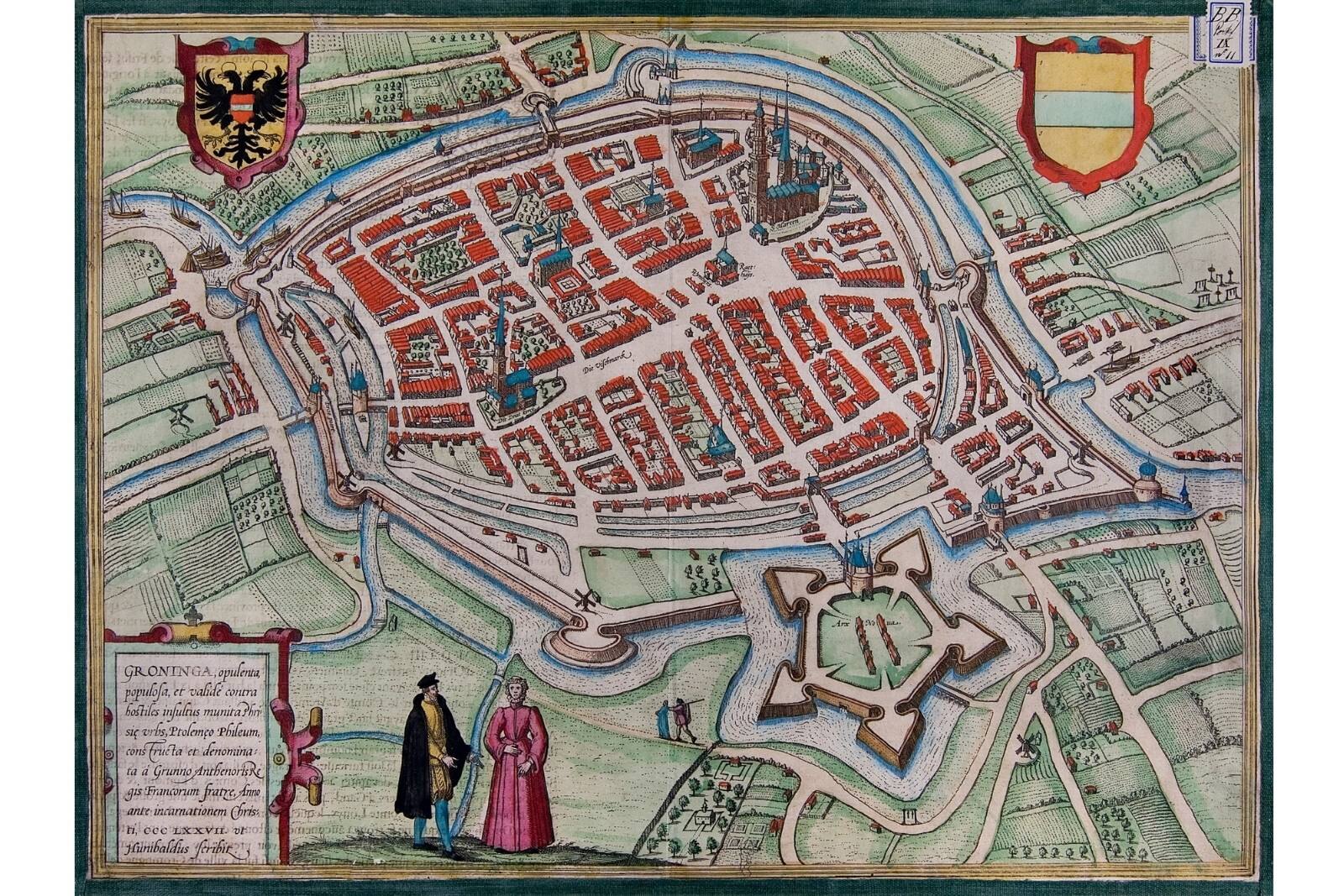
What is Cluyn?
So what makes Cluyn, also spelled Kluun or Kluin special? First of all it is made with mostly oats, although this is not uncommon for beerstyles like Kuyt that also stem from this period of the 15th century. What makes it different is that barley was used. Now barley is the most common grain in beer but back then it was still mostly oats and wheat. But barley was grown nearby in the land around the Groningen. And back then you brewed with what you had available to you.
But availability of ingredients was not the only reason why Cluyn became popular. It was also political. The city of Groningen has always dominated the surrounding area and in 1467 the city declared that only beer brewed within the city walls could be sold in the lands around the city. The surrounding countryside in turn was allowed to trade their produce in the city and sell it to breweries. This included hops grown in nearby Peize, a village where hops are still grown up to this day.
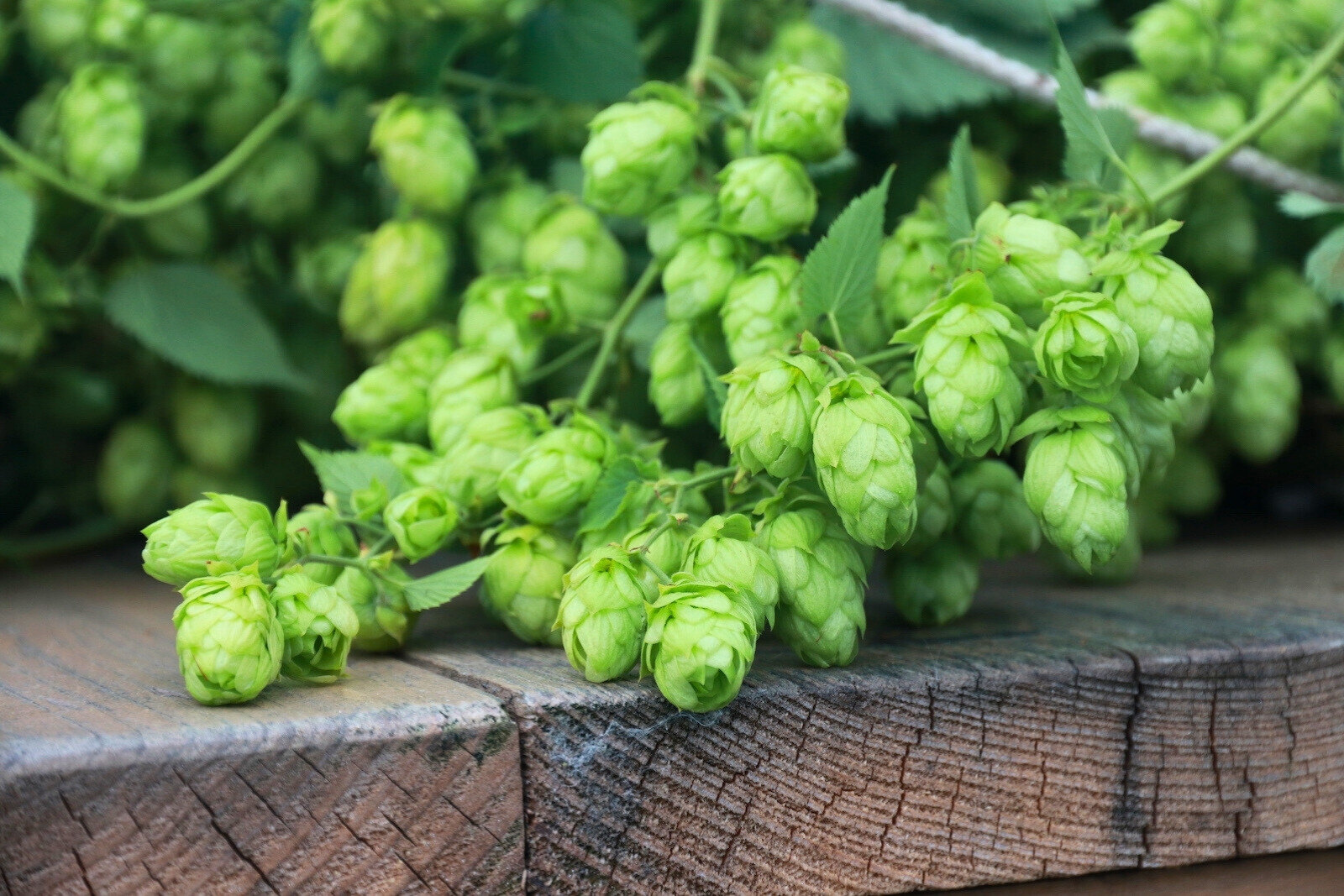
Brewing in Groningen was regulated by the local brewers guild and they had strict regulations for the brewing of cluyn. For example brewing was only allowed between September and May. This reduced the risk of infection sincerely making the beer of a high standard.
Revival of Cluyn beer
Cluyn kept being brewed all the way into the early 20th century but like so many other local styles it disappeared in the wave of pilsners that dominated most of the century. But there have attempts to revive it starting in the 1980s with varying results. Some attempts never lasted longer than a few batches and it was never brewed on a large scale. The best attempt on the market today is by Vandenbroek, perhaps the best brewer in the north. Apart from some worldclass geuzes he also brews a Cluyn.

Another good attempt was released as a collaboration by a number of Northern breweries as a fundraiser of the organ in Groningen’s main Martini church. Appropriately it was named d’Olle Grieze (The Old Gray One), the nickname of the churchtower that still dominates the skyline of the city. It was a tasty, dark and slight sweet beer that deserves to be brewed again.
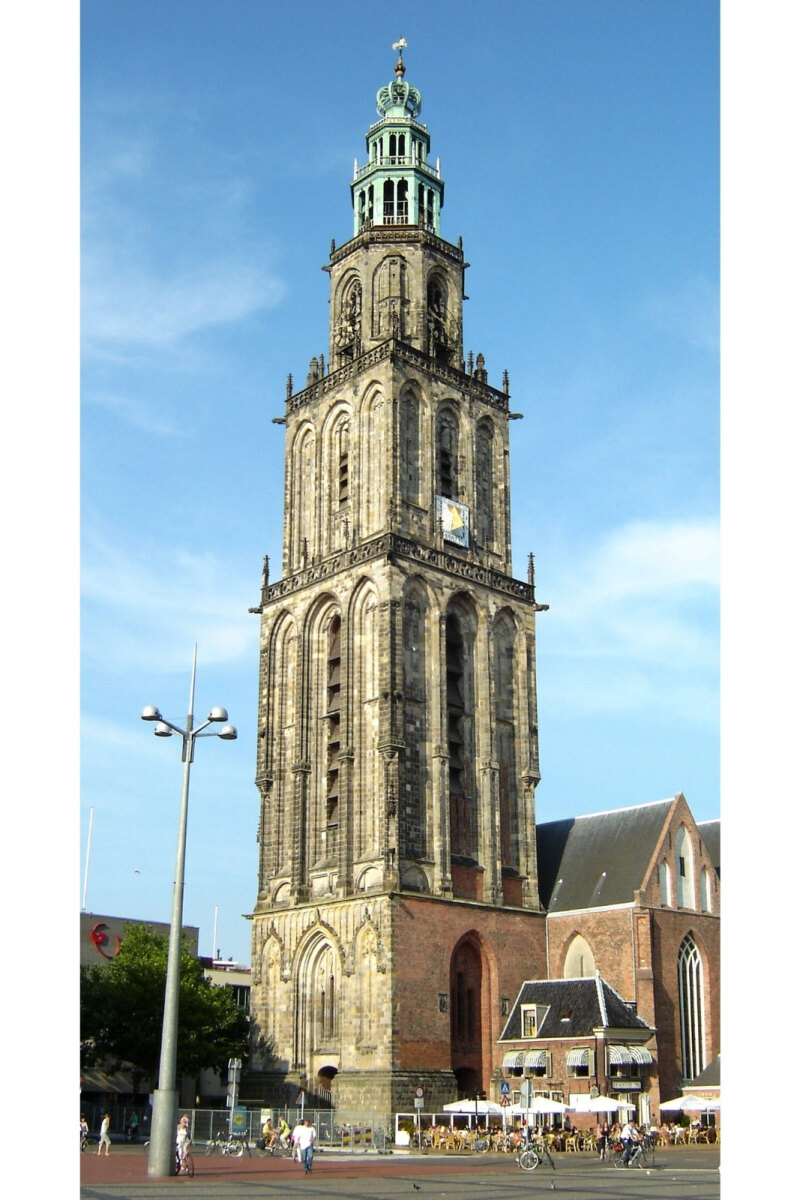
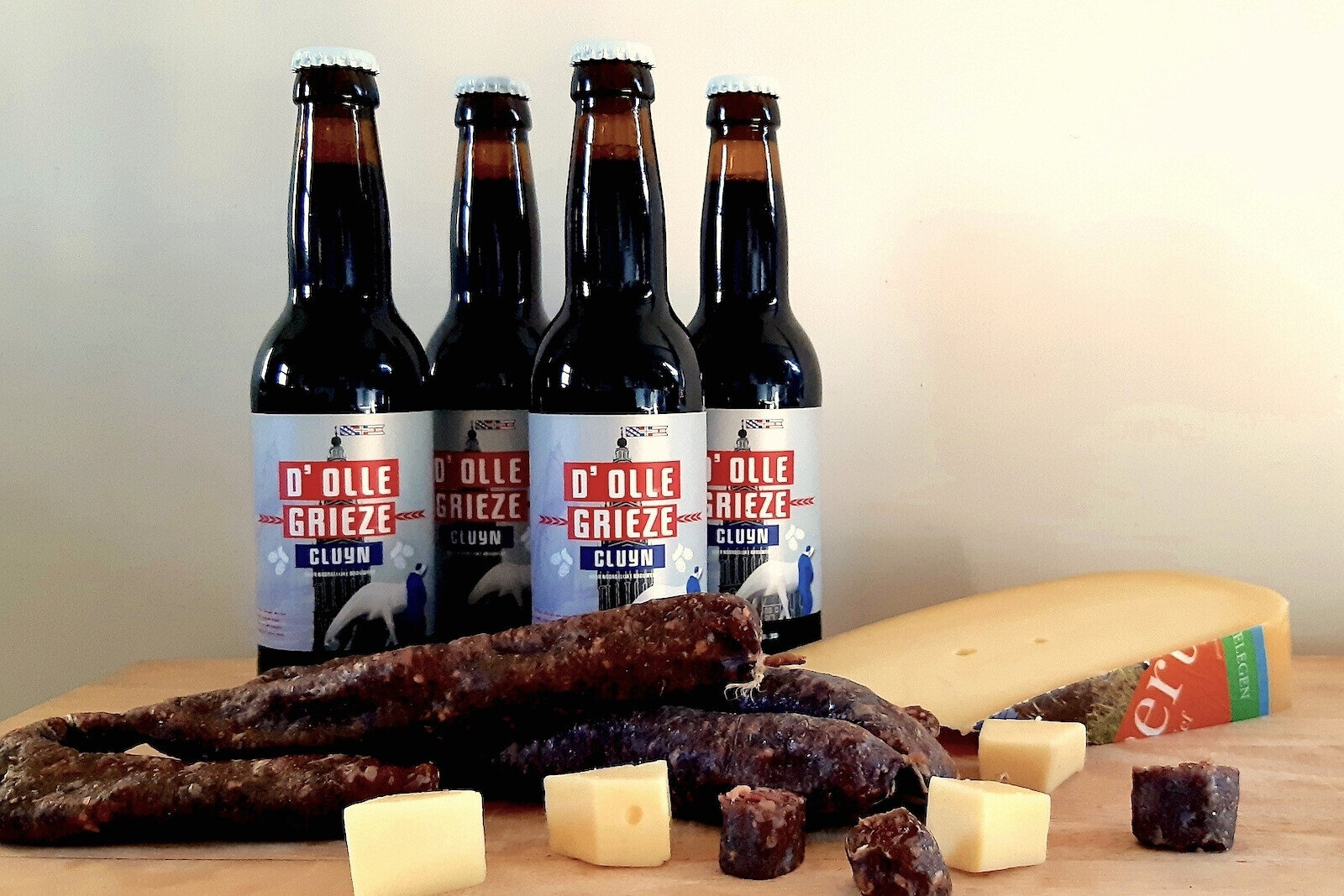
Many of the old beer styles have disappeared. Though sometimes brewers attempt to recreate them. Maybe some adventurous brewers out there are willing to try to brew commercial batches of old beers. The work of some historians and brewers is invaluable in getting a better sense of how beer has changed and evolved over the years.
Author: Martijn Buisman
This article was written in large part with the input from the wonderful Pinkgron website about beer history in Groningen by Harry Pinkster.
Picture credits (from top to bottom):
- Banner picture by Tasty Tales.
- Map of the city of Groningen in 1575 {{PD-US-expired | country= NL}}.
- Hops (picture by Tasty Tales).
- Label Cluyn 1476 beer (Brouwerij Vandenbroek).
- d'Olle Grieze (Martini church tower) in Groningen (Picture by Siebrand, CC BY-SA 3.0).
- d' Olle Grieze Cluyn beer a collaboration by a number of Northern breweries as a fundraiser of the organ in Groningen’s main Martini church (Picture by Jessica Tepper, Eytemaheert).
Updated: 05-03-2025
